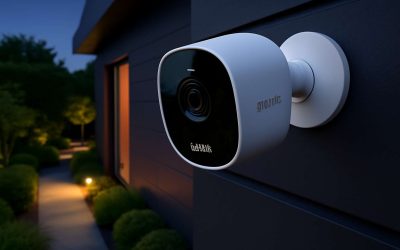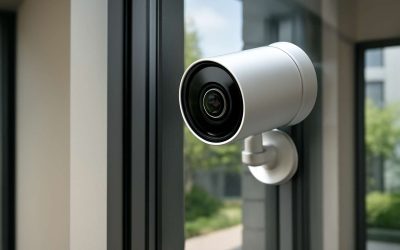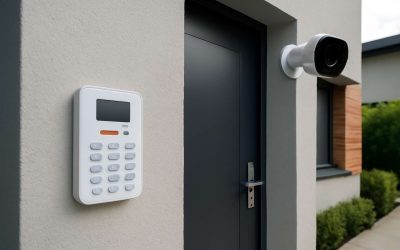
Whether you need to know who’s at the door or want to check out your kids doing their chores, a wireless security camera can give you peace of mind. These cameras aren’t just for the rich and famous, either—they’re becoming increasingly common among homeowners and renters alike. And, because they don’t require wiring and the help of an electrician to install, you can get one set up easily.
A wireless security camera has a base station that sends video signals to your phone, tablet or computer. You can then view the footage from anywhere, so you can keep an eye on your home and pets even when you’re at work or vacationing abroad. These cameras also typically come with a built-in siren, which can emit a loud sound when it detects motion. Many have night vision, which allows them to capture clear images at night without the need for external lighting.
In addition to a base station, wireless security cameras typically have sensors that you place in and around your home. These sensors can detect movements, listen for noise and connect with your smart home’s network via a wired or wireless connection. They transmit data, such as a window opening or a light switch being turned on, to the camera’s base station, which then sends the information to your phone or device. Some of these cameras can be plugged into your power source, which means they can record continuously or be set to record only when they detect movement.
Some of these cameras use the Wi-Fi communication technology to transmit the signal, while others are battery-powered and rely on your home’s WiFi or cellular connection to communicate with the base station and your mobile device. Some models, like the Eufy SoloCam S40, feature a solar panel that recharges the camera’s battery; this is the first wireless security camera CR has tested with this capability. This model’s other features include monitoring zones; person alerts, which can differentiate between people, animals and cars; voice and app control via Amazon Alexa or Google Home/Assistant; and free video storage.
Lastly, some of these cameras are designed to be hidden from view and/or can be moved as needed to monitor different areas of your home. These models aren’t usually able to provide continuous recording, but they can be a great option for those who are wary of privacy invasions or live in areas that might be considered off-limits to visible cameras.
The most important thing to remember when choosing a wireless security camera is to protect your home network with a strong password. This will prevent hackers from accessing your data. You can also add a two-factor authentication to your account and, if possible, physically cover the camera to keep it from being seen. And, as always, you should inform your neighbors and anyone who might be visiting your home that you have a security camera. Some states have laws about this, so be sure to familiarize yourself with yours.



0 Comments